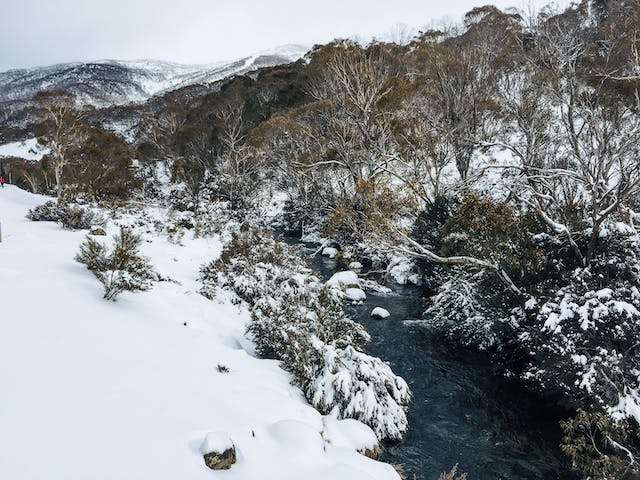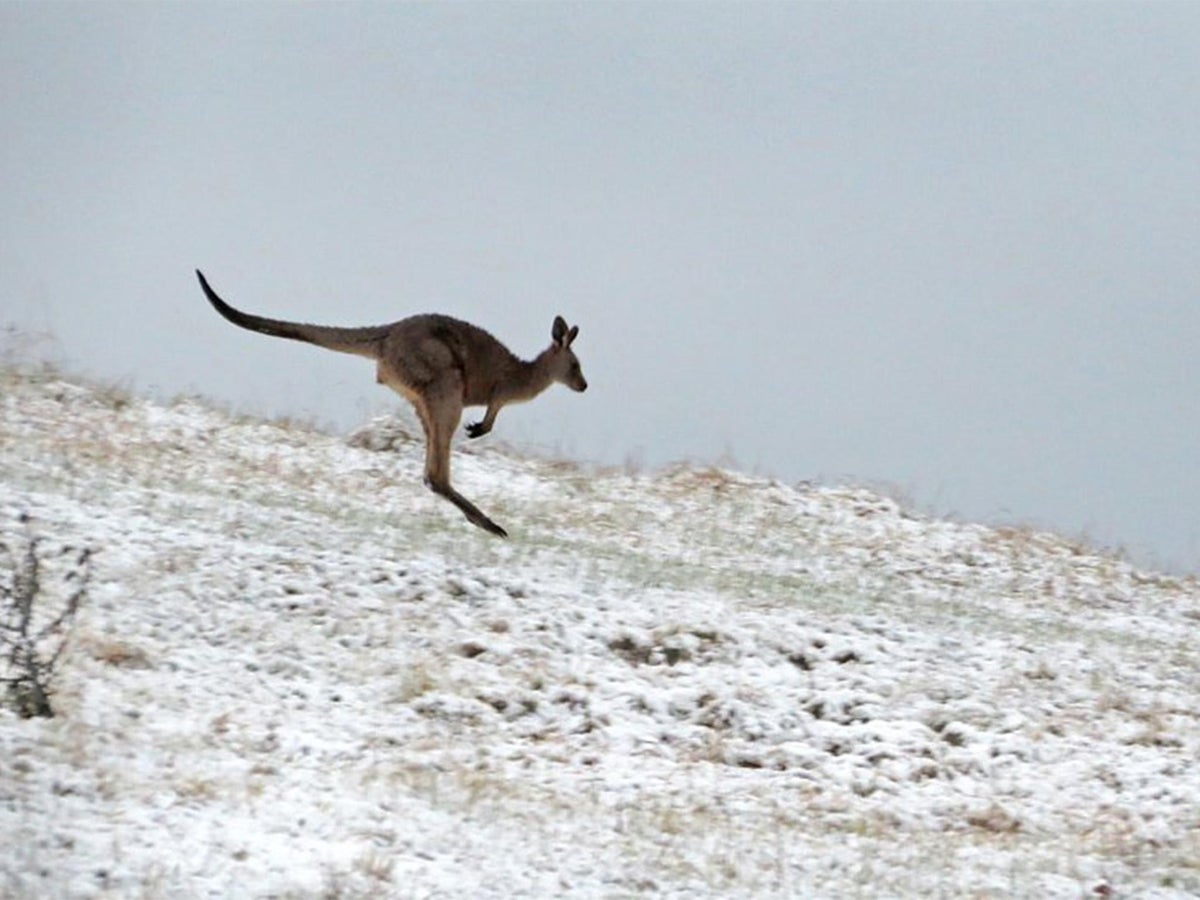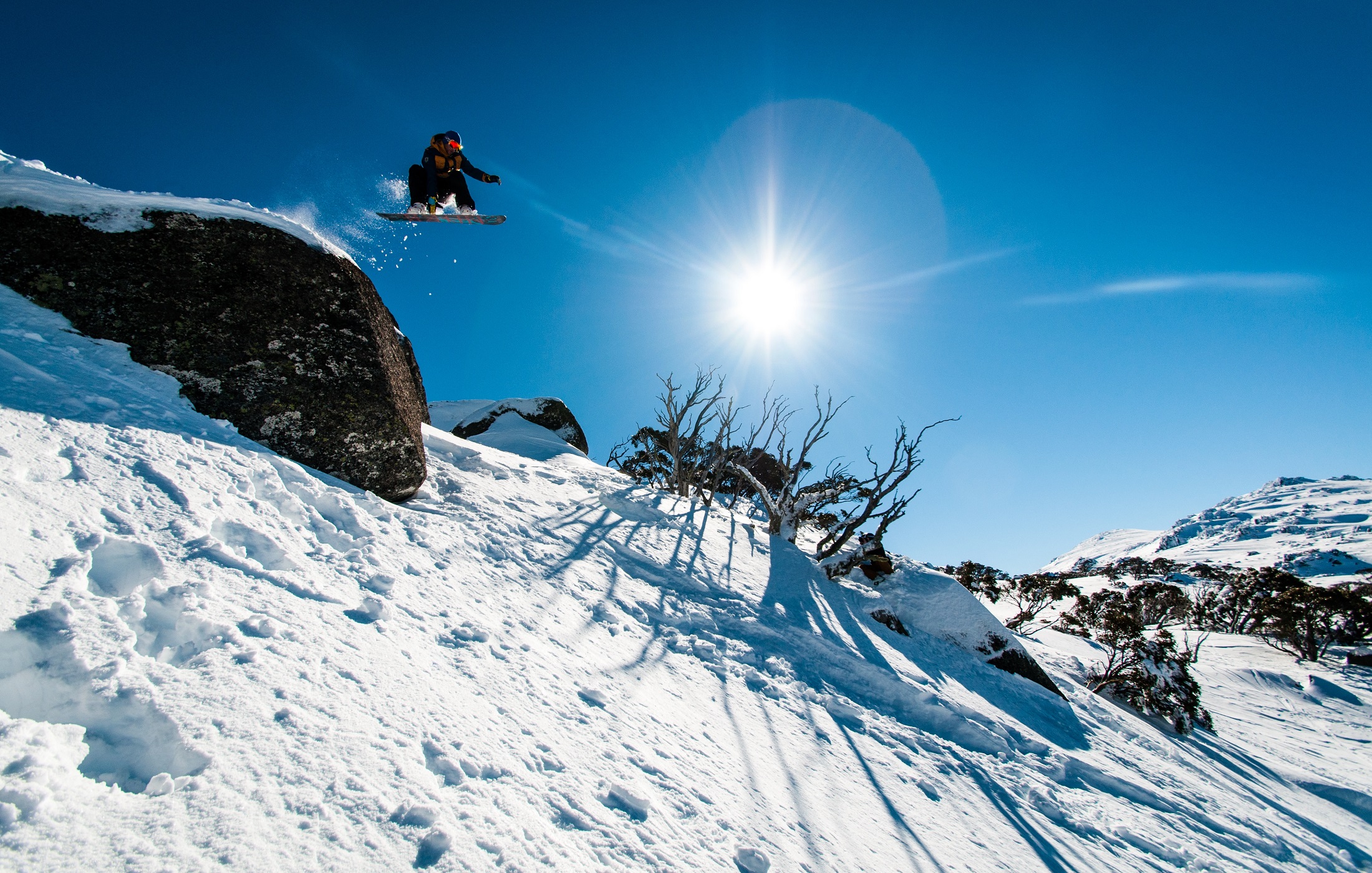Discover the Fascinating Impacts of Snow in Australia on Regional Communities
Regardless of its reputation for sun-soaked landscapes, Australia additionally flaunts areas buried by snow-- a sensation that profoundly influences the nation's special communities. The protecting residential properties of snowflakes shield plants and fauna among the chilliest winter seasons, while the melting snow nurtures rivers and marine life. The actual marvel lies in just how these frosty conditions form the country's biodiversity and nutrient cycles. As we decipher this detailed relationship, we find ourselves treading on undiscovered premises in Australia's high country.
The Unexpected Regions of Snowfall in Australia
The high country regions of New South Wales, Victoria, and Tasmania are especially known for their winter snow. The Snowy Mountains in NSW, for instance, get plentiful seasonal snow, providing a raw contrast to the nation's normal warm, dry environment. The existence of snow in these regions substantially influences neighborhood ecosystems, consequently impacting the country's distinct biodiversity.

How Snow Impacts Australia's Special Vegetation
While it might seem uncommon, snowfall in Australia plays an important role fit the country's special plants. The snow-filled winters foster resilience in Australian plant species. This is especially apparent in the alpine and sub-alpine regions, where snow gum tissues and mountain plum-pines thrive. These plants have evolved to endure in extreme problems, with snow working as a protective blanket from freezing temperature levels and rough winds. The snow also adds to the dampness material of the dirt, providing needed hydration for plant during the dry summertime. Fundamentally, the snow affects the timing of flowering and seed dispersal, the development prices, and the survival of numerous plant varieties, showcasing the detailed interaction in between climate and plants in Australia.

The Adaptations of Australian Animal to Snowfall
Equally as Australia's flora has adjusted to the wintery problems, the neighborhood fauna too, exhibit remarkable adjustments to the snowfall. Variety like the Hill Pygmy-possum, the only Australian marsupial known to hibernate, have actually advanced strategies to survive in snowy atmospheres. It uses the snow as insulation, hibernating in rock holes beneath the snow to stay warm. Likewise, the Snow Skink, a varieties of reptile, transforms its colour to white during winter, providing camouflage against killers. Birds such as the Snowy Mountains' Crimson Rosella likewise readjust their diet plans to consume available food resources during cooler periods. Thus, in spite of the harsh problems, Australian fauna shows a flexible and resistant nature, ensuring their survival in regions experiencing snowfall.
The Role of Snow in Shaping Regional Ecosystems
Fit the local ecological communities, the function of snow in Australia is both extensive and multilayered. It affects the circulation Check Out Your URL of flora and animals, mostly defining the biodiversity of towering and sub-alpine areas. Snow supplies a vital water resource, feeding rivers and reservoirs as it thaws, hence sustaining a range of water life forms. Furthermore, snow serves as an insulator, safeguarding ground-dwelling organisms from severe cold. It plays a significant role in dirt formation and nutrient cycling. The routine cold and thawing of soil induced by snowfall promotes the malfunction of rocks, enhancing soil fertility. As a result, the existence of snow shapes the plant life patterns, animal habits, and total sustainability of Australia's special ecosystems. Snow In Australia.

The Future of Snowfall in Australia: Predictions and Ramifications

Offered the critical role snow plays fit local communities, the future of snowfall in Australia is drawing enhancing attention from ecologists and researchers. Existing climate designs anticipate a significant decrease in snowfall due to worldwide warming, with possibly profound effect on neighborhood ecosystems. Less snow can cause minimized water availability in alpine areas, adversely affecting wildlife environments and plant life. It can change the timing of seasonal modifications, interfering with the life cycles of numerous indigenous varieties. The tourist sector, heavily dependent on the winter snow period, may additionally encounter considerable obstacles. Recognizing these forecasts and their ramifications is important to create efficient preservation approaches, guaranteeing the conservation of Australia's distinct biodiversity and the sustainability of its economic climate.
Final Thought
The function of snow in Australia's ecosystems is crucial yet often ignored. It acts as a protector, a nurturer, and a shaper of varied towering types, adding to the splendor of Australia's high nation. As weather patterns remain to shift, comprehending the implications and potential changes of these snow-influenced ecological communities is important. Hence, the snow in Australia is more than a navigate to this website natural spectacle; it's an essential player in the nation's ecological story.
Regardless of its credibility for sun-soaked landscapes, Australia likewise flaunts areas blanketed by snow-- a sensation that exceptionally affects the nation's distinct ecosystems. It utilizes the snow as insulation, hibernating in rock gaps beneath the snow to stay warm - Snow In Australia.In shaping the regional communities, the role of snow in Australia is both extensive and multilayered. The presence of snow shapes the vegetation patterns, animal actions, and total sustainability of Australia's one-of-a-kind environments
Offered the vital duty snow plays in shaping neighborhood ecological communities, the future of snowfall Home Page in Australia is attracting enhancing interest from researchers and environmentalists.
Comments on “Discover What Activities You Can Enjoy When Visiting Snow In Australia”